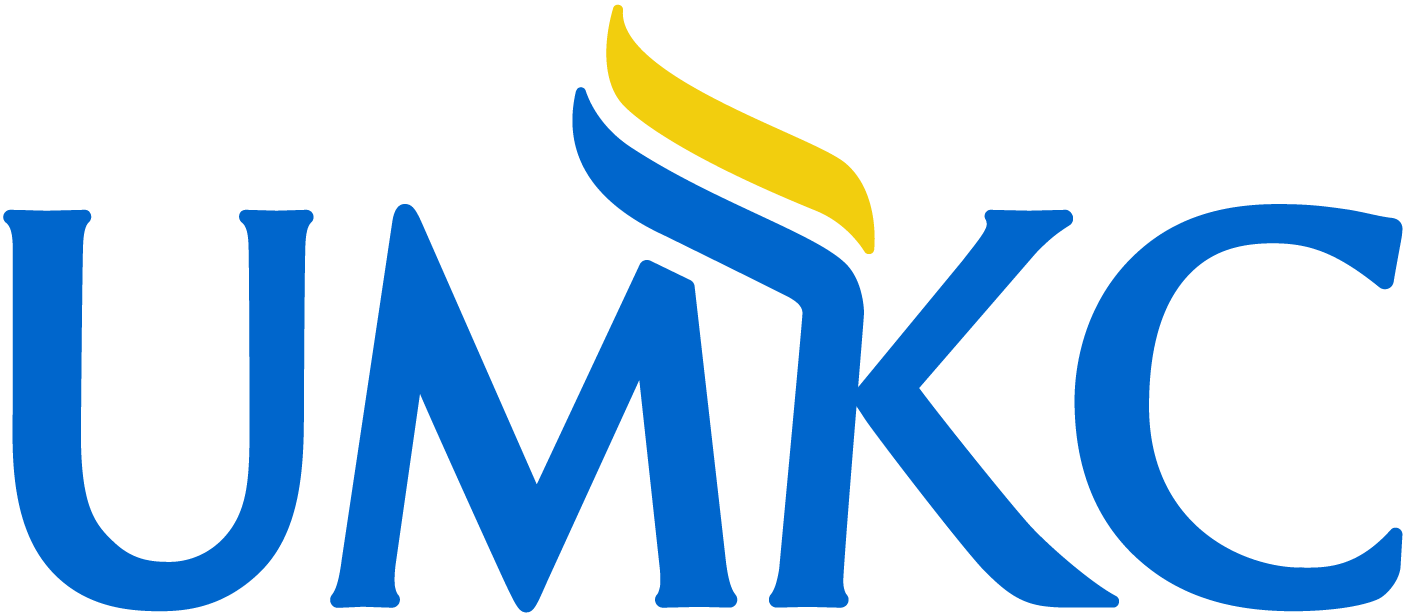BACKGROUND: Sphenopalatine ganglion (SPG) block combined with occipital nerve block can attenuate the hemodynamic response to the painful stimulus of skull pin application.
MATERIALS AND METHODS: About 60 patients, aged 18-65 years, were randomly assigned to two groups. All patients were classified as American Society of Anesthesiologists (ASA) grades I and II, had a Glasgow Coma Scale (GCS) score of 15/15, and were scheduled for elective craniotomy. Group S was given a scalp block with 0.25% bupivacaine, while group SPG was given a bilateral transnasal SPG block with 0.5% bupivacaine, along with greater and lesser occipital nerve blocks using 0.25% bupivacaine. The primary objective was to assess the change in mean arterial pressure (MAP) following skull pin application. The dose of propofol used as rescue was also noted.
RESULTS: All 60 patients completed the study. The MAP differed significantly in group SPG from prior to pin insertion to 2 (p-value = 0.034) and 3 minutes (p-value = 0.026) following pin insertion. The maximum percent change from the prior to pin insertion timepoint was observed at 2 minutes (p < 0.001). The heart rate (HR) also differed significantly in group SPG from the prior to pin insertion to 2 (p-value = 0.001) and 3 (p-value = 0.006) minutes following pin insertion. The maximum percent change from the prior to pin insertion was observed at 2 minutes following pin insertion (p < 0.001). There was no significant difference in the percent change in HR between the two groups from prior to pin insertion to any of the timepoints.
CONCLUSION: Bilateral SPG block with posterior scalp block can attenuate the hemodynamic response following skull pin insertion in patients undergoing craniotomy under general anesthesia.
